Ape Hand Deformity
What is a Ape hand deformity?
The ape hand is a physical deformity in humans that cause not able to abduct or oppose the thumb thereby causing the thumb little or no abduction and opposition. Abduction of the thumb is the capacity to move the perpendicular (90°) off from the plane of the palm.
The opposition is the capability of the 1st metacarpal to swing over the palmar surface of the hand so that the thumb and the tip of the tiny finger are in contact. The thumb can also experience limited flexion and extension. The name “ape hand” is however misleading as apes have opposable hands but because of the limitations in the motion of the thumb, some individual believe it makes the hand looks like that of an ape.
Why is it called ape hand?
- When the thumb loses its capability to pinch against a digit (pincer grasp), muscles in the hand begin to atrophy.
- Because of the inability to oppose the thumb, the hand has an appearance that some people think resembles the hand of an ape.
- Since apes have opposable thumbs, an ape hand is a portion of a contradictory name.
Mechanism of Injury / Pathological Process
- The appliance of injury is a deep injury to the arm, forearm, and wrist causing harm to the median nerve thereby causing impairment to the thenar muscles and opponens policis.
Symptoms
- The situation is a part of median nerve palsy and it typically represents problems moving the thumb in different planes.
- There is a limited or no range of motion of the thumb.
Other Symptoms-
- Pain at the wrist or lateral side of the palm.
- Weakness in the thumb.
- May decrease the sensation of the thumb.
- Can not move the thumb on the inner side of the palm(opposition movement restricted).
- Sometimes inflammation is present in the thumb.
- Thenar muscle wasting.
What causes ape hand?
- The ape hand is generally the outcome of median nerve palsy, which is normally the cause of deep injury to the wrist or forearm.
- This may damage the function of the thenar muscles.
Anatomy of Median Nerve:
- The median nerve is one of the branches of the brachial plexus and initiates from the spinal cord.
- The nerve roots are C6, C7, C8, T1, and sometimes C5 in the spine.
- Median nerve development is in the axilla by an offshoot from the medial and lateral cords of the brachial plexus, on this one side of the axillary artery merged to provide the nerve anterior to the artery.
- The median nerve is connected to the brachial artery within the arm, from the axilla it runs down and enters the cubital fossa.
- The nerve runs into the cubital fossa medial to the brachialis tendon and passes among the two heads of the pronator teres muscle.
- The nerve ceaselessly runs down the forearm among the flexor digitorum profundus muscle and the flexor digitorum superficialis muscle.
- The median nerve is in conjunction with the flexor digitorum superficialis and the flexor carpi ulnaris muscles just above the wrist.
- In the wrist region, the nerve provides the palmar cutaneous branch that gives the skin of the center portion of the palm.
- The nerve continues through the carpal tunnel into the hand, placed anterior and lateral to the flexor digitorum superficialis muscle’s tendon in the carpal tunnel.
- In the hand, the nerve separates into a muscular branch and palmar digital branches.
- The muscular branch provides sensation to the thenar eminence muscles and the palmar digital branch gives the sensation to the lateral 3 ½ digits and the lateral two lumbricals.
The four thenar muscles are the:
- Abductor pollicis muscle
- Adductor pollicis muscle
- Opponens pollicis muscle
- Flexion pollicis brevis muscle
- Branches of Median Nerve:
- The median nerve has various branches in the different parts of the entire upper limb.
The forearm gives 2 branches,
1) Muscular branches
2) Anterior interosseus nerve
On the hand, it gives three branches,
1) cuteness branch
2) palmar digitorum nerve
3) Recurrent branch
A condition similar to the ape hand:
Too many different types of hand conditions are incorporated with an ape hand deformity:
Carpal tunnel syndrome:
- Carpal tunnel syndrome is the outcome of compression of the median nerve which goes through the carpal tunnel into the wrist.
- The symptoms are pain, tingling, or numbness in the thumb, index finger, middle finger, and half of the ring finger.
- Sometimes symptoms are also felt in the forearm.
De Quervain’s tendinosis:
- De Quervain’s tendinosis, also known as Quervain’s tenosynovitis, is this inflammatory condition the inflammation of tendons in the thumb.
- It is caused by any trauma to the thumb, continuous grasping activity, or inflammatory conditions such as rheumatoid arthritis.
- In this condition, the symptoms are pain and tenderness at the end of the thumb.
- According to the one reported, females are more prone to be affected with this condition 8 to 10 times more than men.
Trigger finger:
- Trigger finger or trigger thumb, also identify as stenosing tenosynovitis, takes place when a finger or thumb becomes stuck in a bent position.
- A trigger finger is distinguished by soreness at the end of the thumb or finger.
- The person feels a popping or snapping when any motion of the thumb or finger.
- The stiffness is present and can be worse in the early morning, reducing stiffness when the thumb and fingers are used or do any movement.
Pronator Syndrome:
- Pronator syndrome takes place when the median nerve compression in the pronator muscle in the forearm.
- The individual complains of sensation loss over the thenar eminence muscle and limitation of the forearm motions.
Diagnosis and Evaluation Ape Hand deformity
Physical examination:
Bottle sign test-
- For example; when an individual grabs a long object(like a bottle) in the hand, some space is present between the skin of the hand and the object.
- This sign specifies the weakness of the thenar muscles because of median nerve injury.
- Another test is the doctor asking the patient to touch the tip of every digit with the thumb and watch if it is possible or not.
- If the individual can not do that and the thumb is in the ape position this sign is present.
After the physical examination, another diagnostic procedure may be used to check the electrical activity of the median nerve. That is the following:
NCV (Nerve Conduction Velocity):
- If the median nerve is involved some clinical impairment is present in the electrical conductivity of the median nerve.
EMG Test:
- Any pathology of the muscles supplied by the median nerve may be identified by this test.
- This will also help to find other causes such as polyneuropathy.
Differential Diagnosis
- Carpal tunnel syndrome.
- De Quervain’s tendinosis.
- Trigger finger.
Treatment of Ape Hand Deformity
Treatment mostly pivots upon the etiology of median nerve injury. In the case of this deformity, splints may be used.
- Conservative treatment.
- Surgical treatment.
- Physiotherapy treatment.
Conservative treatment
- Anti-inflammatory drugs for pain relief.
- Manual therapy techniques are given to increase thumb movement.
- Avoiding the activity which creates pain and stress on the thumb.
- Apply the ice massage or heat therapy.
- Dynamic splints are advised to permit the movement of the thumb.
Surgical Treatment
Surgery may be depending on the severity of the deformity. The surgery increases the function of the involved area in the hand. Surgical treatment may consist of:
- Nerve decompression
- Nerve repair
- Nerve graft
- If nerve repair is not performed then tendon transfer surgery is suggested. Tendon transfers carry off some extra tendons from other areas of the hand or forearm to perform a function lost due to the nerve injury.
Physiotherapy Treatment
The goal of Physiotherapy treatment:
- Regain muscle strength.
- Improve muscle functions.
- Improve the sensitivity of the affected area.
- Decrease the pain.
- It helps to recover muscle strength while splints (C-splints) and braces help to recover.
Finger Stretch
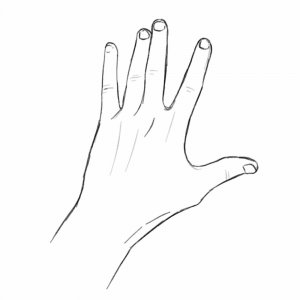
- Perform this stretch to help with pain relief and to increase the range of motion in the hands.
- Put the hand palm-down on a table or other flat surface.
- Slowly straighten the fingers as flat as you can against the surface without forcing the joints.
- Hold for thirty to fifty seconds and then release.
- Do it further at least 4 times with each hand.
Grip Strengthener

- This exercise can make easier some activities like opening door knobs and holding things without dropping them.
- Hold a soft ball in your palm and squeeze it as hard as you can.
- Hold for a few seconds and release.
- Repeat 5 to 10 times on both hands.
- Do this exercise two to three times a week, but put the hand at rest for 48 hours in between sessions.
- Do not perform this exercise if the thumb joint is damaged.
Pinch Strengthener

- This movement helps strengthen the muscles of the fingers and thumb.
- It can help the person to perform activities like turning keys, opening food packages, and using the gas pump more easily.
- Pinch a soft foam ball or some putty between the tips of the digits and the thumb. Hold for 20 to 40 seconds.
- Do it a further 10 to 15 times on both hands.
- Perform this exercise 2 to 3 times a week, but rest the hands for 48 hours in between sessions.
- Do not perform this exercise if the thumb joint is damaged.
Thumb Extension
- Strengthening the muscles of the thumbs can help you grab and lift heavy things like cans and bottles.
- Put the hand flat on a table. Swaddle a rubber band around the hand at the base of the finger joints.
- Gently move the thumb away from the fingers as far as you can.
- Hold for 20 to 40 seconds and release.
- Repeat 10 to 15 times with each hand.
- You can do this exercise 2 to 3 times a week, but rest your hands for 48 hours in between sessions.
Thumb Flex
- This movement helps increase the range of motion in the thumbs.
- Start with the hand out in front of you, palm up.
- Extend the thumb away from the other digits as far as you can.
- Then bend the thumb across the palm so it touches the base of the small finger.
- Hold for 20 to 40 seconds.
- Repeat at least four times with each thumb.
Thumb Touch
- This exercise helps increase the range of motion in the thumbs, which helps with activities such as picking up the toothbrush, fork, and spoon, and pens when you write.
- Grasp the hand out in front of you, with the wrist straight.
- Slowly touch the thumb to each of the four fingertips, one at a time, making the shape of an “O.”
- Hold each stretch for 30 to 40 seconds.
- Do it further at least four to five times on each hand.
Thumb Stretches
- Try these two stretches for the thumb joints:
- Hold the hand out, palm facing you.
- Gently bend the tip of the thumb down toward the base of the index finger.
- Hold for 20 to 30 seconds. Release and repeat 4 to 5 times.
- Hold the hand out, palm facing you.
- Slowly stretch the thumb across the palm using just the lower thumb joint.
- Hold for 20 to 40 seconds.
- Release and do it further four times.
Play With Clay
- Playing with putty or clay is a better way to improve the range of motion in the fingers and strengthen the hands at the same time.
- And it won’t even feel like exercise.
- Just follow the kids’ lead and squeeze the clay into a ball, roll it into long “snakes” with the palms, or use the fingertips to pinch spikes on a dinosaur.
Hot and Cold therapy
- It helps to decrease the pain and inflammation, and increase the sensation.
Electrical modality
- Therapists give the electrical stimulation first in Ig current onto the thenar muscles to stimulate the opponent’s muscle.
- Then slowly goes the progression to the SF current which helps to strengthen the muscle.
Prognosis of the Ape hand Deformity
- The prognosis is generally good and early.
- It mostly depends upon the amount of nerve injury and the patient age and awareness of that, Conservative therapies help in the early increment of symptoms.
- Condition is increasing within two to six weeks.
- After the surgery, the complete healing time is 4 months to 2 and a half years.
FAQ
What is a monkey hand?
The ape hand is a deformity that takes place in humans and is distinguished by the inability to abduct the thumb, i.e. the thumb may not be oriented perpendicularly to the palmar surface of the hand.
What are ape hands called?
All, though to various degrees, possess prehensile (grasping) hands, and all (except humans) have prehensile feet.
Which muscles may become atrophied after nerve damage to cause ape hand deformity?
The Ape Hand Deformity is caused by injury to the distal median nerve (also called a Median Claw lesion), and following misplacement of opponens pollicis muscle function.
How long does it take for an atrophied muscle to come back?
How long it takes to will depend on the level of atrophy that occurred and the physical condition beforehand. It will take at least two weeks of physical therapy before you begin to feel a difference in the muscles. It may take a few months of physical therapy for muscle size and strength to be fully restored.
What causes ape hand?
The Ape Hand Deformity is caused by injury to the distal median nerve (also called a Median Claw lesion), and following loss of opponens pollicis muscle function. The name “ape hand deformity” is confusing, as some apes do not have opposable thumbs.

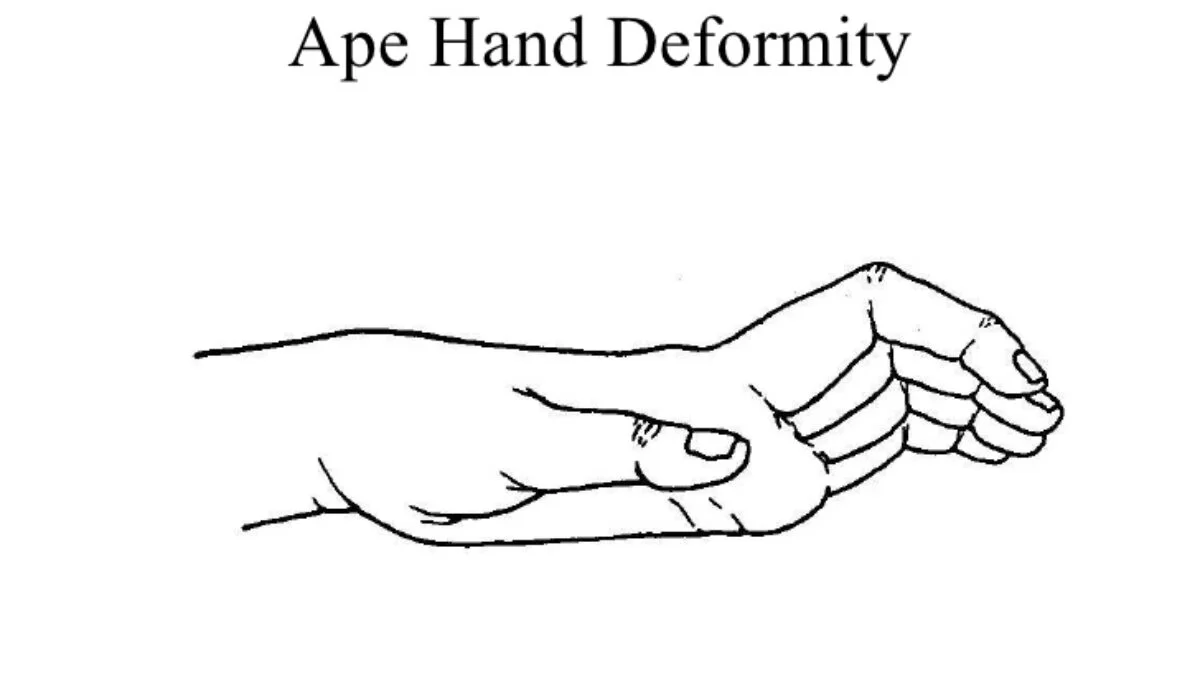
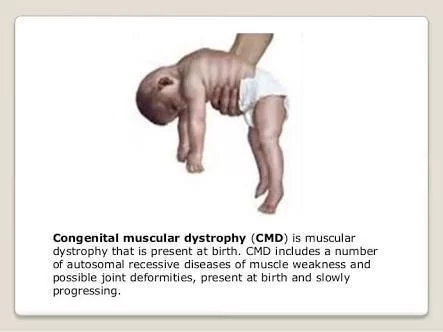
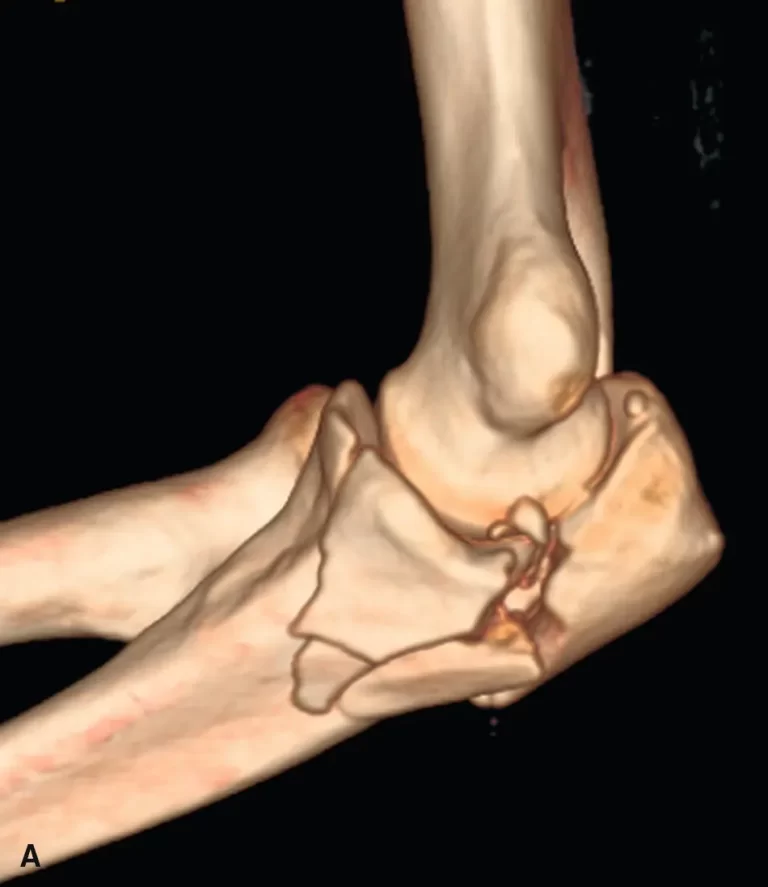

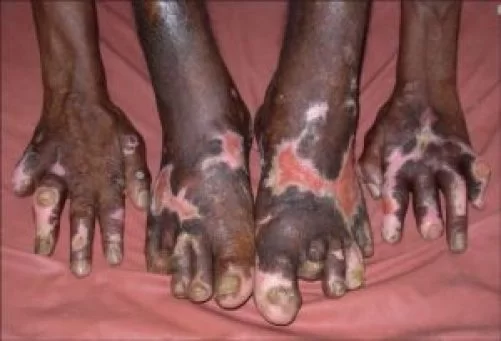
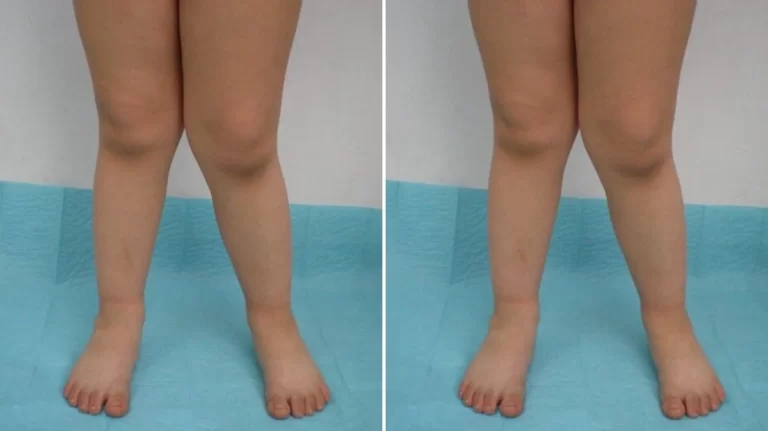
3 Comments